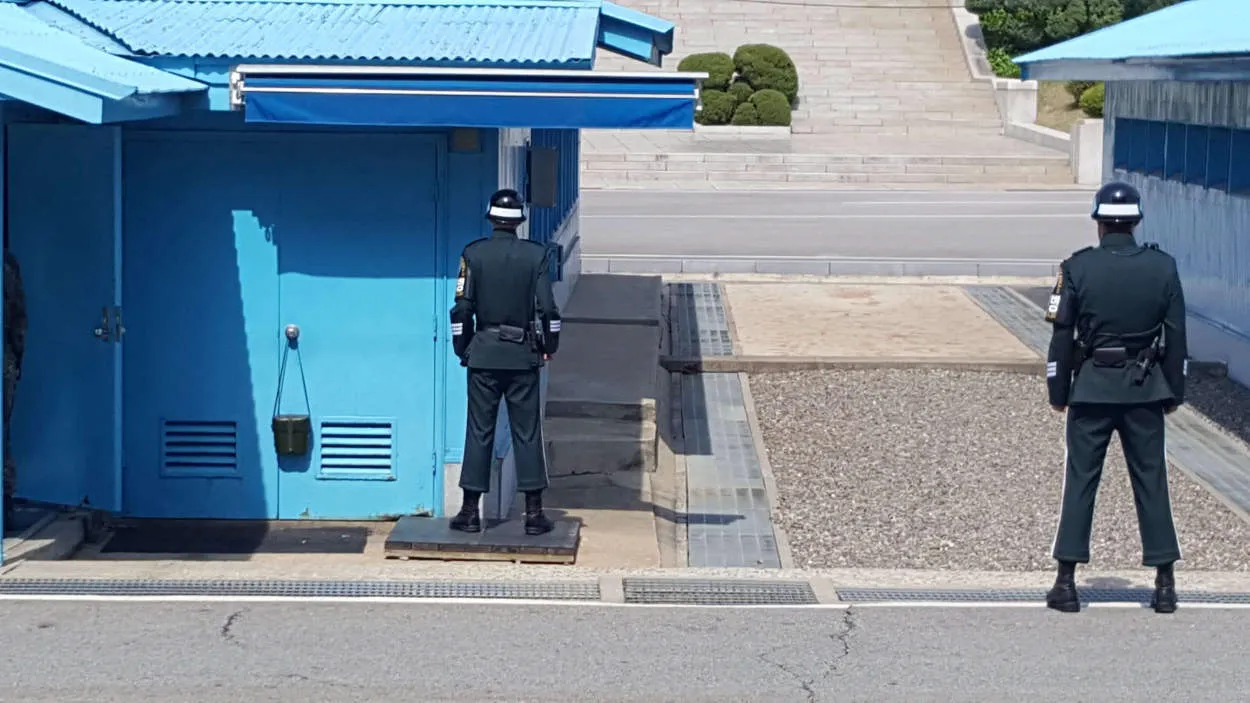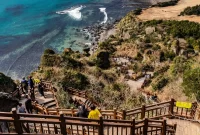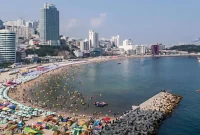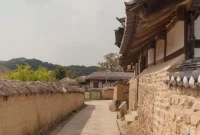Embark on a captivating journey to the Korean Demilitarized Zone (DMZ), a remarkable place that symbolizes the divide between North and South Korea. In this article, we will delve into the intriguing history, stunning landscapes, and unforgettable experiences that await you on a DMZ tour.
Historical Significance of the DMZ
The DMZ, or Korean Demilitarized Zone, holds great historical significance as it serves as a reminder of the Korean War and the partition of the Korean Peninsula. Established in 1953 as part of the armistice agreement, the DMZ is a 2.5-mile-wide buffer zone that separates North Korea and South Korea.
During the Korean War, which lasted from 1950 to 1953, the DMZ was the site of intense fighting between the two sides. Countless lives were lost, and communities were torn apart. Today, the DMZ stands as a symbol of the ongoing division of the Korean Peninsula and the desire for reunification.
Aside from its symbolic importance, the DMZ is also home to various historical landmarks. One notable site is the Joint Security Area (JSA), where negotiations between North and South Korea take place. The JSA is the only area in the DMZ where North and South Korean soldiers stand face-to-face, representing the tension that still exists between the two nations.
Another significant landmark within the DMZ is the Third Infiltration Tunnel. Discovered in 1978, this tunnel was created by North Korea in an attempt to secretly infiltrate South Korean territory. It serves as a chilling reminder of the constant threat of conflict.
Furthermore, the DMZ has become a symbol of hope and peace. It attracts millions of tourists each year who come to witness the dividing line between two nations and to learn about the history and current geopolitical situation of the Korean Peninsula.
In conclusion, the DMZ holds historical significance as a symbol of the Korean War and the division of the Korean Peninsula. It serves as a reminder of the past struggles and ongoing tensions between North and South Korea. The various landmarks within the DMZ provide a glimpse into the region’s history and showcase the desire for peace and reunification.
Visiting the 3rd Infiltration Tunnel
When embarking on a DMZ tour, one of the highlights is a visit to the 3rd Infiltration Tunnel. This tunnel is one of four discovered tunnels originating from North Korea, designed for infiltration and potential invasion. Located near the border city of Paju, South Korea, it serves as a somber reminder of the ongoing tensions between the two Koreas.
The 3rd Infiltration Tunnel was discovered in 1978 after a defector from North Korea revealed its existence, leading to an extensive search and eventually its unveiling. Measuring approximately 1.7 kilometers in length, the tunnel is thought to be capable of transporting a significant number of troops underground.
Upon entering the tunnel, visitors are required to wear hard hats and follow a designated path. The narrow passageway and low ceiling height make for an eerie experience, providing a glimpse into the challenging conditions faced by soldiers during times of conflict. Along the way, there are informational displays highlighting the tunnel’s construction methods and its intended purpose.
At the end of the tunnel, visitors reach an observation deck overlooking the demarcation line. This vantage point offers a unique opportunity to see the barbed wire fences, military personnel, and the untouched North Korean landscape just beyond reach. It is a powerful reminder of the division that still exists between the two nations.
Visiting the 3rd Infiltration Tunnel during a DMZ tour allows travelers to gain a better understanding of the tensions and conflicts that have been ongoing in the Korean Peninsula. It serves as a stark reminder of the fragile peace that exists in the region, while also offering a chance to witness the unwavering determination of the South Korean people to protect their country’s sovereignty.
Meeting North Korean Defectors
One of the highlights of the DMZ Tour is the chance to meet North Korean defectors. These brave individuals have escaped their homeland and made their way to South Korea, seeking freedom and a better life. During the tour, visitors have the opportunity to hear their personal stories, gain insights into life in North Korea, and learn about the difficulties they faced during their escape.
Meeting the defectors provides a unique perspective on the Korean conflict and the division between the two nations. It allows visitors to understand the human side of the situation, beyond the politics and military tensions. Their stories serve as a reminder of the ongoing struggles faced by the people living in North Korea.
Through these encounters, visitors can gain a deeper understanding of the complexity of the Korean Demilitarized Zone and the significance it holds for those on both sides. The encounters are both eye-opening and thought-provoking, leaving a lasting impression on all who participate.
Conclusion
In conclusion, the DMZ Tour offers a unique and captivating journey into the heart of the Korean Demilitarized Zone. It provides a glimpse into the tense relations between North and South Korea while showcasing the beauty and resilience of the region. Whether it’s exploring underground tunnels, visiting observation points, or experiencing the Joint Security Area, this tour is a must for anyone interested in understanding the complexities of the Korean Peninsula.




